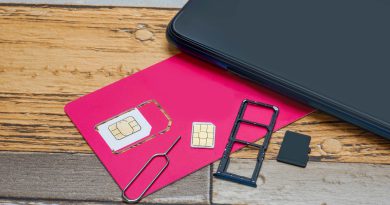Phishing and Spear-Phishing Scams Continue to Rise
There has been a significant increase in the first half of 2020 in phishing and spear-phishing scams through emails, phone calls, and text messages. Phishing scams are usually sent out to thousands of recipients, casting a wide net. Spear-phishing campaigns target the individual or a group. These legitimate-looking email scams often contain COVID-19 content to lure victims to clicking fraudulent links. These links are created to steal personal information such as online banking passwords, credit card details, and other private information.

Although many people are familiar with the concept of phishing scams and may know to delete these emails, spear-phishing scams pose a real threat as they seem much more personal. Such emails frequently include a victim’s name and position within their company instead of using generic titles and greetings like regular phishing scams do.
Before clicking that link in an email or text message, follow these best practices to spot phishing and spear-phishing scams easily:
- Think before you click. Read the message carefully to confirm its authenticity. Hover over the link to see the actual website before clicking it. If the link looks suspicious it probably is. If in doubt, don’t click the link or engage with the sender.
- Never provide personal details via a link. Avoid providing private information through suspicious messages and links. If you need to input personal information to your online bank, it’s good practice to manually type the website address rather than clicking the link sent to you via email or text.
- Check if the person or company sent the message. Do not use the contact number provided in the suspicious email or text message sent to you. Instead, contact the business the email claims to be sent from through a legitimate source to find out if the word came from them.
- Protect your financial and government accounts. If you have transferred information or payment through the links provided in suspicious messages contact your bank immediately so they can provide security to your accounts.
- Use two- or multi-factor authentication for your accounts. To ensure that all your accounts are entirely secured, use two- or multi-factor authentication for your online banking and other personal accounts.
Ensure that you keep these best practices in mind so you can avoid these scams. If you or anyone you know got scammed, you can report it to Scamwatch.




